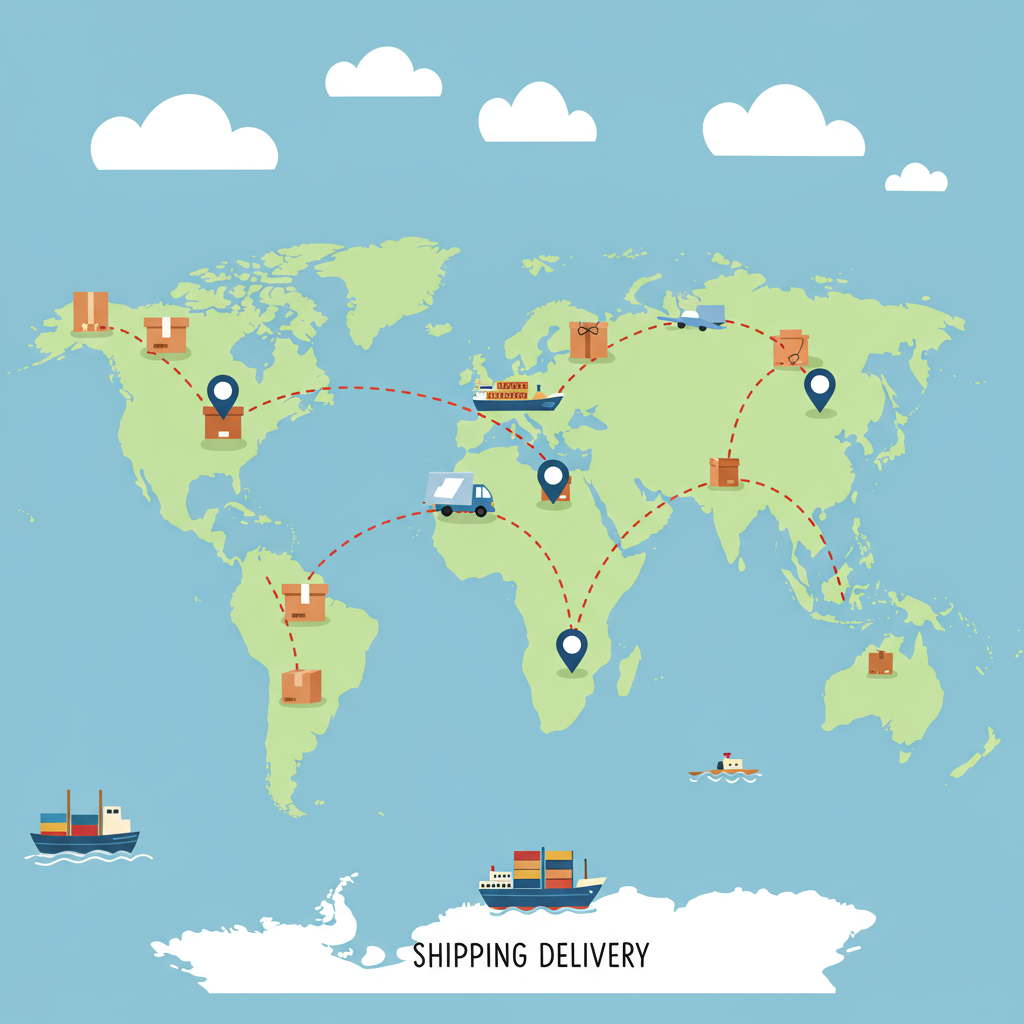Unlocking new markets and expanding your reach with a robust international shipping strategy on Shopify.
As a Shopify merchant, I’ve seen firsthand the incredible potential that lies beyond our domestic borders.
Expanding internationally isn’t just an option; it’s a powerful growth engine for your business.
However, the thought of international shipping can often feel daunting, filled with complexities like customs, duties, and varying carrier options.
That’s precisely why I want to share my insights and a comprehensive guide to building a solid Shopify shipping strategy for your international orders.
My goal is to demystify the process and help you confidently reach customers worldwide.
First, let’s talk about the foundational step: thorough research and planning.
Before you even think about shipping, I strongly recommend identifying your target markets.
Where is there demand for your products? What are the import regulations in those countries?
Understanding local laws, prohibited items, and cultural nuances is absolutely critical.
Next, choosing the right shipping carriers is paramount. I’ve found that a mix often works best.
Major global carriers like DHL, FedEx, and UPS offer reliable, expedited services with excellent tracking.
For more economical options, especially for lighter goods, national postal services (like USPS, Royal Mail, Canada Post) can be very competitive.
Sometimes, I even consider specialized international couriers for specific regions or product types.
Now, let’s tackle shipping rates. This is where many merchants get stuck.
You can offer flat rates, which are simple but might not always cover your costs or be competitive.
My preferred method is often calculated rates, directly from the carrier, which Shopify can integrate with. This ensures accuracy.
Don’t forget to consider offering free shipping for orders over a certain threshold; it’s a powerful conversion tool, even internationally.
Customs and duties are arguably the most complex part of international shipping.
You need to decide whether you’ll ship Delivered Duty Unpaid (DDU) or Delivered Duty Paid (DDP).
With DDU, the customer is responsible for paying duties and taxes upon delivery. This can lead to unexpected costs for them and potential abandoned packages.
I generally prefer DDP where possible, meaning you, the merchant, collect and remit these fees upfront.
This provides a much smoother customer experience, eliminating surprises. Shopify apps can help with this calculation and collection.
Understanding Incoterms (International Commercial Terms) is also vital for defining responsibilities between buyer and seller.
Proper packaging and labeling are non-negotiable. Your items need to withstand a longer journey.
Always include a commercial invoice, customs declaration form (CN22 or CN23), and any other required documentation clearly attached.
Accurate product descriptions and Harmonized System (HS) codes on your customs forms are crucial to avoid delays.
Providing robust tracking information is essential for international customers. They want to know where their package is at all times.
Proactive customer service, ready to answer questions about shipping status or customs, builds immense trust.
What do you think about this approach to international shipping so far? I’d love to hear your thoughts.
Finally, let’s talk about international returns. This is often overlooked.
Clearly define your international return policy. Is the customer responsible for return shipping costs and duties?
Making the return process as clear and straightforward as possible, even if it’s more complex than domestic returns, is key to customer satisfaction.
Shopify’s platform and its app ecosystem are incredibly helpful for managing these complexities.
There are apps for duty and tax calculation, currency conversion, and even specialized international shipping solutions.
I always recommend exploring these tools to streamline your operations.
In conclusion, while international shipping on Shopify presents its unique challenges, the rewards of expanding your global footprint are immense.
By carefully planning, choosing the right partners, being transparent about costs, and leveraging Shopify’s capabilities, you can build a thriving international business.
Don’t be afraid to start small, learn from your experiences, and continuously optimize your strategy.
The world is truly your marketplace, and with a solid shipping plan, you’re well on your way to conquering it.






